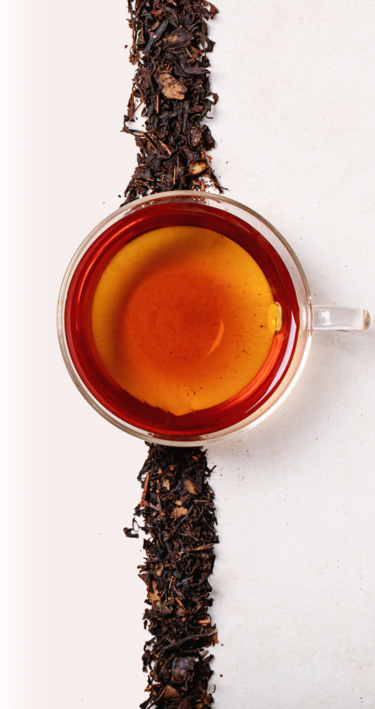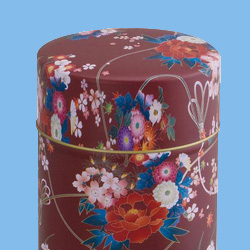What Is Nilgiri Tea


Nilgiri tea is a type of tea grown in the Nilgiri Hills of southern India. The history of Nilgiri tea is a fascinating tale of the transformation of an undeveloped region into a thriving tea-growing area and the emergence of a unique tea culture.
The Nilgiri Hills, located in the Western Ghats mountain range, were once home to indigenous tribes such as the Todas, Irulas, and Badagas. The area was also a popular hunting ground for the British, who were attracted to the region's cool climate and beautiful scenery. In the mid-19th century, the British began to see the potential for tea cultivation in the Nilgiri Hills.
The first tea plantation in the Nilgiri Hills was established in 1859 by an Englishman named John Sullivan. Sullivan was the founder of Ooty, a hill station located in the Nilgiri Hills, and he realized that the cool climate and high altitude of the region were ideal for growing tea. He brought tea plants from China and began experimenting with tea cultivation on his estate. Other planters soon followed, and tea cultivation rapidly expanded in the region.
The early years of tea cultivation in the Nilgiri Hills were challenging. The climate was unpredictable, and the soil was poor. The tea plants also suffered from diseases and pests that were unknown in China, their country of origin. However, the planters persevered, and with the help of government support, they were able to overcome these challenges.
In the late 19th century, the demand for Nilgiri tea began to grow. The tea was highly prized for its unique flavour and aroma, which was different from other Indian teas. The cool climate and high altitude of the Nilgiri Hills gave the tea a delicate and floral flavor with a distinct briskness. Nilgiri tea became especially popular in Europe, where it was used in blends with other teas, such as Darjeeling and Assam, to create a unique taste profile.
During the 20th century, the tea industry in the Nilgiri Hills continued to grow and evolve. The region became more accessible with the construction of roads and railways, and the tea planters began to experiment with new tea varieties and production techniques. The introduction of new machinery, such as withering troughs and rolling machines, improved the quality and consistency of Nilgiri tea.
The Nilgiri Hills also developed a unique tea culture. Tea estates became centres of social life, and the planters and their families formed close-knit communities. The planters were known for their hospitality and would often invite visitors to their estates for tea tastings and tours. Tea shops and tea rooms began to open in the towns and cities around the Nilgiri Hills, where locals and tourists could enjoy a cup of Nilgiri tea.
Today, the Nilgiri Hills are one of the major tea-producing regions in India, and Nilgiri tea is highly prized by tea connoisseurs around the world. The tea is known for its delicate flavour and aroma, with notes of floral and citrus. It is a popular choice for iced tea and is often used in blends with other teas to create unique taste profiles.
The tea industry in the Nilgiri Hills continues to evolve, with a growing focus on sustainability and organic cultivation practices. Many tea estates in the region have adopted environmentally friendly practices, such as using renewable energy sources, reducing pesticide use, and promoting biodiversity. The region is also known for its unique tea tourism experiences, where visitors can learn about the history and culture of Nilgiri tea and sample different varieties of tea.




